by Macky & Veronica | Mar 6, 2020 | Preschool
This month we started with our new unit “Dinosaurios.” The children always have an interest in dinosaurs as they arouse their curiosity and amazement. It is an interesting topic to work on because it attracts the attention of the little ones and thanks to this, they can be actively engaged in their learning process. Children often feel fascinated by the larger aspect of dinosaur life. Although the preschoolers may be too young to understand the science behind paleontology, extinction, erosion and other principles, they can learn the basics through play and exploration. So, we will provide children with a variety of activities and learning opportunities that help their senses and engage their minds to grow their interest in the lessons. We started working with Diplodocus dinosaurs. We learned that this dinosaur lived 150 million years ago. The Diplodocus dinosaurs had a long neck, long tail, and weighed twice an elephant. They ate plants and they could live to be 100 years old. That’s a lot of birthdays!
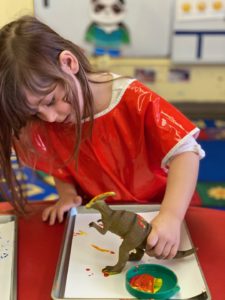 Vocabulary of the week:
Vocabulary of the week:
Dinosaurio-dinosaur,
Hueso-bone,
Fòsil-fossil.
The kids did a god job working with diplodocus dinosaur activities, such as: diplodocus dinosaur paper plate, finger paint, cutting, puzzles, and finding the differences between the dinosaurs (compare/contrast).
Libro
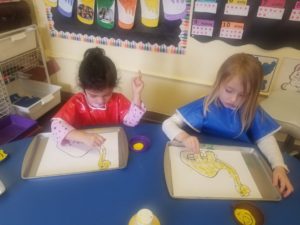 Hay un Diplodocus en la Puerta
Hay un Diplodocus en la Puerta
Cómo cuentan los dinosaurios
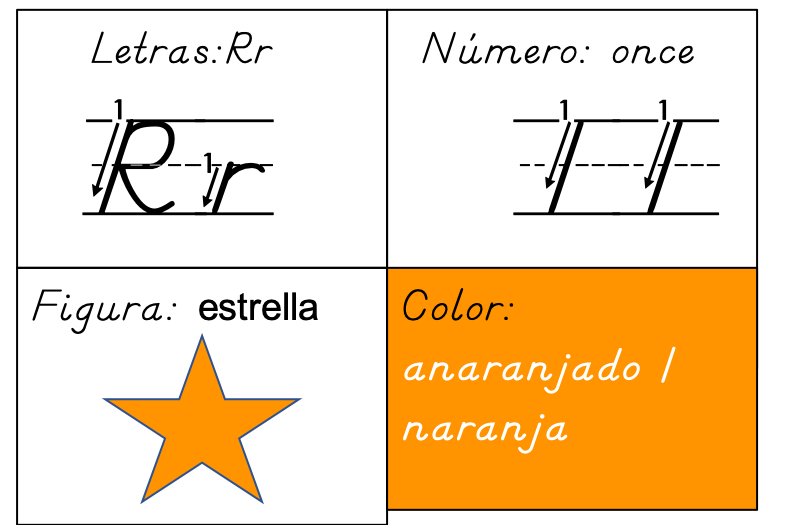
Letra
R r (tracing letter and recognizing of items that start with letter Rr)
Número
Preschool 1-10 review
Pre-K 11 (recognition of numbers in our daily calendar, counting and sorting)
Fígura
Estrella – Star
Color
Anaranjado/naranja – Orange
by Macky & Veronica | Feb 28, 2020 | Preschool
This week we continued working with our “Insects” unit. This week we learned all about the mariposa-butterfly insect. We learned the butterfly life cycle (huevo-egg, oruga/larva-larva/caterpillar, ninfa/crisalida-pupa y mariposa-butterfly). We also learned that the butterfly attach their eggs to leaves with a special glue. Most of the caterpillars are plant eaters. When the butterfly emerges from the chrysalids it will wait a few hours to fly for the first time. Butterflies can live anywhere between a month to a year. Most butterflies feed on nectar from flowers and can fly miles and miles, especially the monarch butterflies.
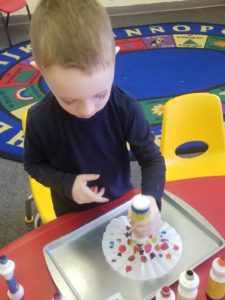 At the end of the week we worked with the bee/abeja insect. We learned that worker bees are female and they collect pollen and nectar to feed the colony. They clean the hive, make the honey, and feed the queen. The drone’s job is to mate with the queen, and the queen bee’s job is only to lay eggs. The kids did great working with butterfly and bees activities. Also, the kids were reviewing the vocabulary of the month Hormiga-ant, Abeja-bee, Mariquita-ladybugs, Mariposa-butterfly, Mosca-fly, Luciérnaga- firefly, Avispa- wasp, Saltamontes-grasshopper, Grillo-cricket, Escarabajo- scarab.
At the end of the week we worked with the bee/abeja insect. We learned that worker bees are female and they collect pollen and nectar to feed the colony. They clean the hive, make the honey, and feed the queen. The drone’s job is to mate with the queen, and the queen bee’s job is only to lay eggs. The kids did great working with butterfly and bees activities. Also, the kids were reviewing the vocabulary of the month Hormiga-ant, Abeja-bee, Mariquita-ladybugs, Mariposa-butterfly, Mosca-fly, Luciérnaga- firefly, Avispa- wasp, Saltamontes-grasshopper, Grillo-cricket, Escarabajo- scarab.
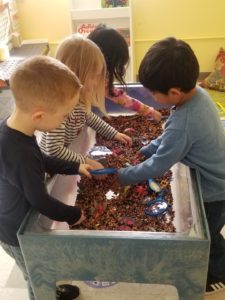 New Vocabulary:
New Vocabulary:
Oruga/caterpillar,
Hoja-leave,
Alas-wings,
Nectar-nectar,
Flores-flowers,
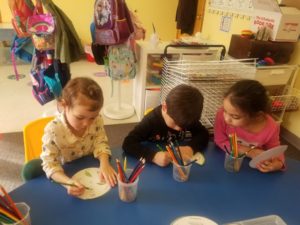 Colmena-hive
Colmena-hive
Miel-honey.
Libro
Letra
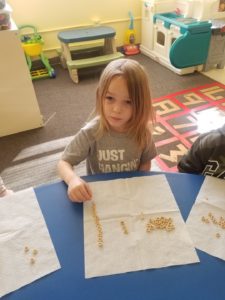
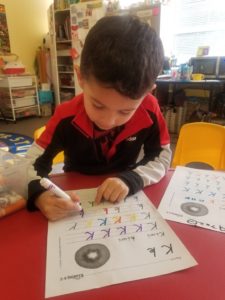 K k (tracing letter and recognizing of letter)
K k (tracing letter and recognizing of letter)
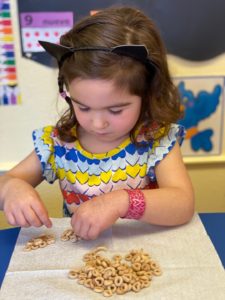 Número
Número
1-10 (recognition of numbers in our daily calendar, writing the number daily)
Fígura
Corazón – heart. It was fun to sort circle and heart cheerios during snack time.
Color
Rosado – pink
by Macky & Veronica | Feb 22, 2020 | Preschool
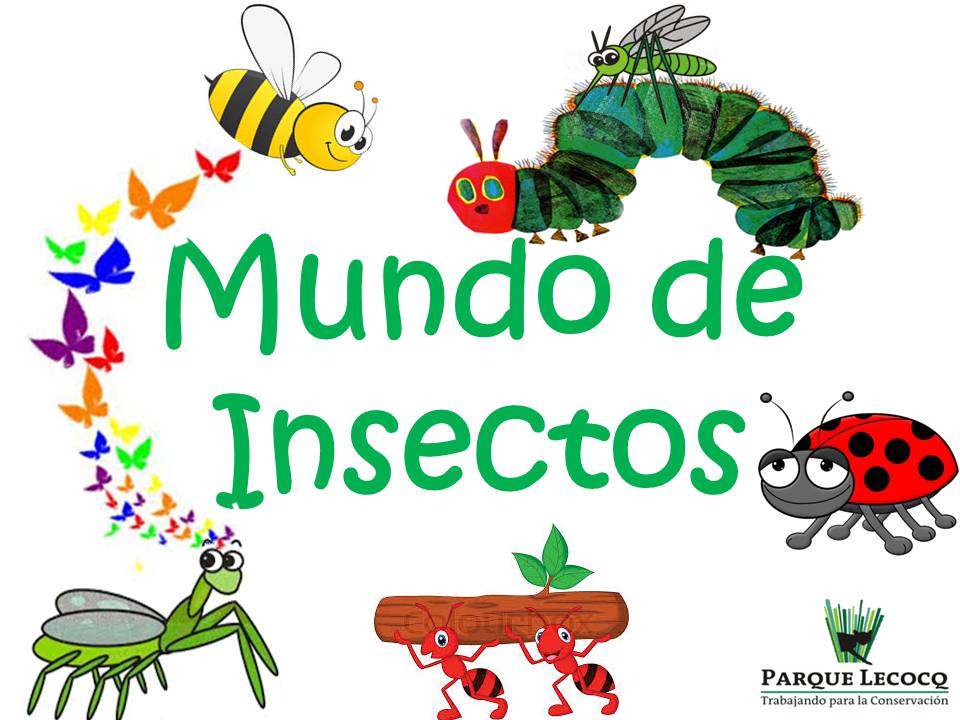
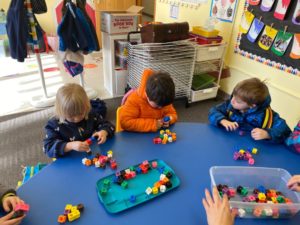 This week we continued working with our “Insects” unit. This week the kids learned all about the mariquita-ladybug insect. We learned the ladybug life cycle (huevo-egg, larva-larva, pupa-pupa y adulta-adult). We also learned that the mariquita is a little insect and belongs to the scarab insects family. The mariquitas can be of different colors such as orange, red, and brown. They have little spots, lines or simply nothing. The mariquitas are omnivores, meanie they eat plants and other animals like the áfidos-aphid. The kids did an amazing job working with the mariquita and firefly actividades. We reviewed the vocabulary of the month Hormiga-ant, Abeja-bee, Mariquita-ladybugs, Mariposa-butterfly, Mosca-fly, Luciérnaga- firefly, Avispa- wasp.
This week we continued working with our “Insects” unit. This week the kids learned all about the mariquita-ladybug insect. We learned the ladybug life cycle (huevo-egg, larva-larva, pupa-pupa y adulta-adult). We also learned that the mariquita is a little insect and belongs to the scarab insects family. The mariquitas can be of different colors such as orange, red, and brown. They have little spots, lines or simply nothing. The mariquitas are omnivores, meanie they eat plants and other animals like the áfidos-aphid. The kids did an amazing job working with the mariquita and firefly actividades. We reviewed the vocabulary of the month Hormiga-ant, Abeja-bee, Mariquita-ladybugs, Mariposa-butterfly, Mosca-fly, Luciérnaga- firefly, Avispa- wasp.
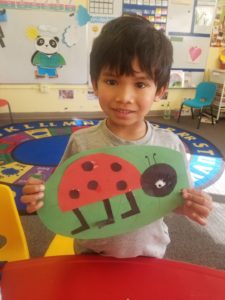 New vocabulary:
New vocabulary:
Saltamontes-grasshopper,
Grillo-cricket,
Escarabajo- scarab,
Libro
Los insectos
La Mariquita Malhumorada
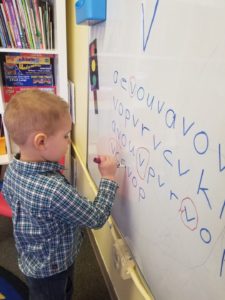
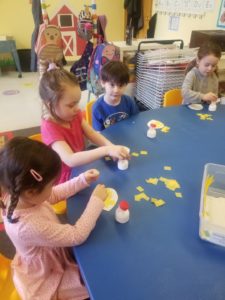
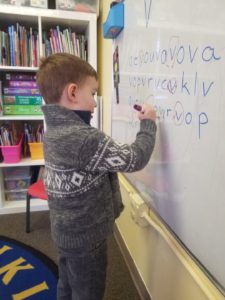
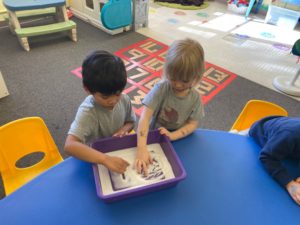 Letra
Letra
V v ( tracing letter and gluing paper Mache on the letter)
Número
10-diez (recognition of numbers in our daily calendar, count and find the number in a soup game)
Fígura
Corazón (reviewing the shapes)
Color
Rosado -pink(as well as reviewing all colors throughout the week)
by Macky & Veronica | Feb 15, 2020 | Preschool
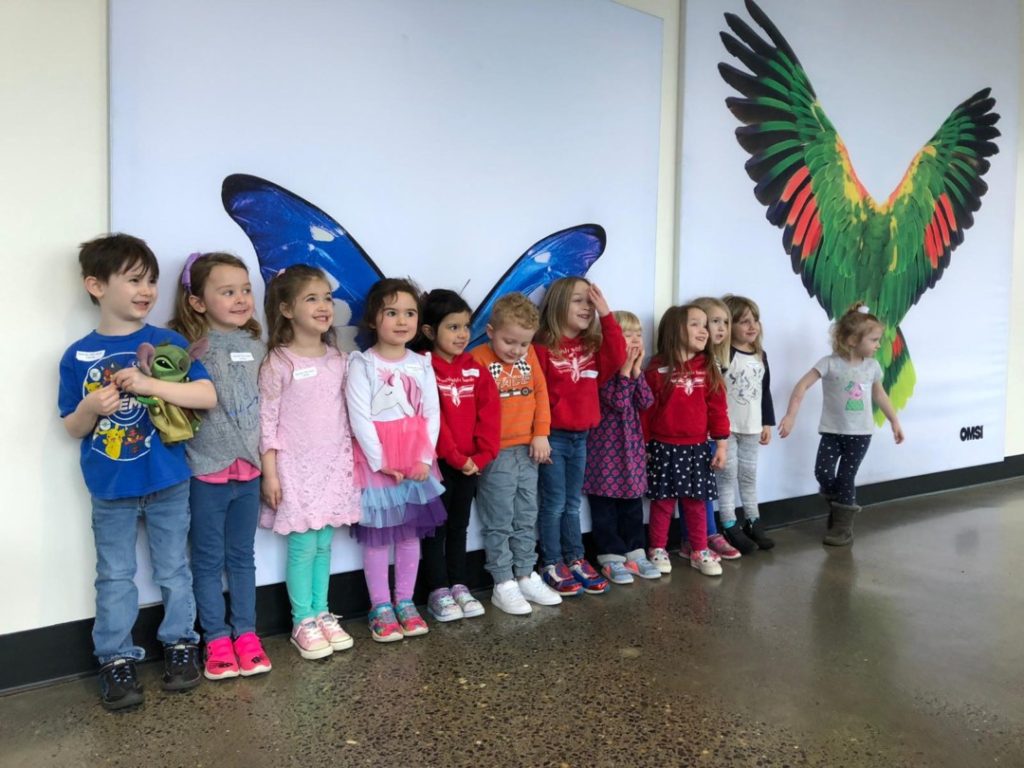
This week we continued working with our “Insects” unit. On Monday the kids learned about ants. The kids learned about the life cycle of the ant (huevo-egg, larva-larva, pupa-pupa y adulta-adult). Tuesday was amazing, sharing with the little ones and their parents at the Omsi museum. It was a wonderful experience for the kids learning about precious creatures. We had the opportunity to see a variety of insects such as dragonflies, butterflies, scarabs, as well as a diversity of grasshoppers and other precious creatures. Wednesday and Thursday we worked on “El Día de San Valentín” activities. The kids had a great time decorating hearts and then place them on the cards and goodies exchange. They were very excited exchanging their Valentines cards. We also played games to review the vocabulary of the month Hormiga-ant, Abeja-bee, Mariquita-ladybugs, Mariposa-butterfly,
New vocabulary:
Mosca-fly,
Luciérnaga- firefly,
Avispa- wasp.
Libro
Los insectos
Como se hace la miel
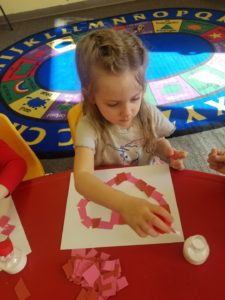 Letra
Letra
Letter reviewing M m, N n, P p, S s, T t, D d, B b Cc (adding a vowel “a” in each syllable such as: ma, na, sa pa, ta, da, ba, ca, ba)
Número
10 – diez (We counted manipulatives and recognition of numbers in our daily calendar.)
Fígura
Heart – Corazón
Color
Pink – Rosado
by Sarah Segall | Feb 9, 2020 | 2nd/3rd Grade News, 4th/5th Grade News, First Grade News, In The Loop, Kindergarten News, Preschool

Families like to know what the plan is for their child’s class. We have mapped out a 5-year plan to help with this.
5-Year Plan SWS
by Macky & Veronica | Feb 8, 2020 | Preschool
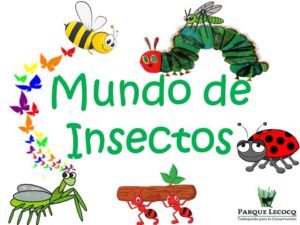
This month the kids will learn “The Insects” unit. Bugs are a perfect topic to study for the children, since they are naturally interested in 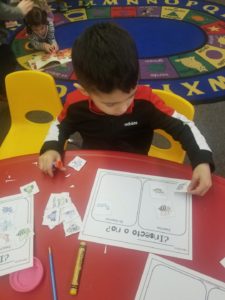 exploring and learning. We will examine the physical characteristics of insects: six legs, three body parts, two wings (for some), two eyes, two antennae, skeleton on the outside. We will also learn the insect’s life cycles, habitats, food, and more. Through this unit the children will sing songs, share different crafts, and explore the science. Also, the field trip at the OMSI museum will be an amazing experience to learn more about insects. They will love this unit, learning the different insects such as ants, crickets and grasshoppers, butterflies and caterpillars, ladybugs, bees, fireflies.
exploring and learning. We will examine the physical characteristics of insects: six legs, three body parts, two wings (for some), two eyes, two antennae, skeleton on the outside. We will also learn the insect’s life cycles, habitats, food, and more. Through this unit the children will sing songs, share different crafts, and explore the science. Also, the field trip at the OMSI museum will be an amazing experience to learn more about insects. They will love this unit, learning the different insects such as ants, crickets and grasshoppers, butterflies and caterpillars, ladybugs, bees, fireflies.
This week kids learned that insects have 3 body parts: head, thorax, and abdomen. They learned new vocabulary:
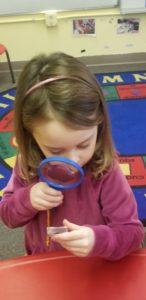
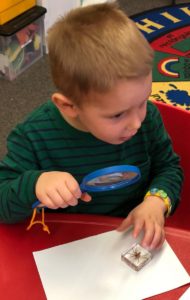 Hormiga-ant,
Hormiga-ant,
Abeja-bee,
Mariquita-ladybugs,
Mariposa-butterfly,
Cabeza-head,
Tórax-thorax,
Abdomen-abdomen.
The Kids made a dragonfly and grasshopper craft. We also explored the body parts of an insect using a magnifying glass and completed a classification activity ( is it an insect or no?). We had a great time doing these science projects!
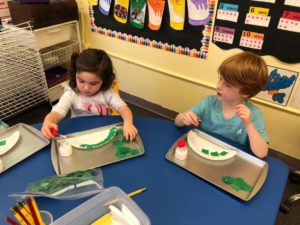 Libro
Libro
Los insectos
Hola me llamo Oscar
El hombre mosca
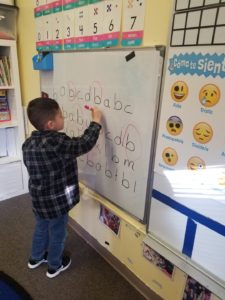 Letra
Letra
B b (the children were tracing and working with syllable and vowel a- ba)
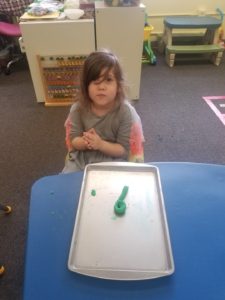 Número
Número
9 – never (the kids were counting sticker and place it in a heart shape, also counting the numbers in a daily calendar)
Fígura
Corazón (passing around the shape and reviewing all the shapes daily)
Color
Rosado – pink (the kids did activities such a found color pink in our classroom)
by Macky & Veronica | Feb 1, 2020 | Preschool
This week we completed our transportation unit. We worked with the three types of transportation: land, air and maritime. Throughout the month we have had a lot of fun working with different crafts and learning new vocabulary. The kiddos did a great job learning the vocabulary. At the end of the week, I asked the little ones all about the words and they did an amazing job. Also, this week the kids were counting, separating and identifying the types of transportation,practicing classification of sizes such as small, medium, and large.
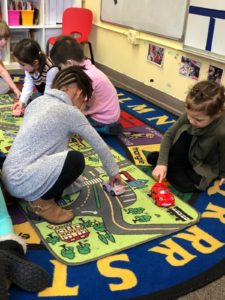 Words of the month:
Words of the month:
Tren-train,
Camión- transport truck,
Autobús-bus,
Motocicleta-motorcycle,
Carro(auto,coche)-car.
Globo aerostático-hot air balloon,
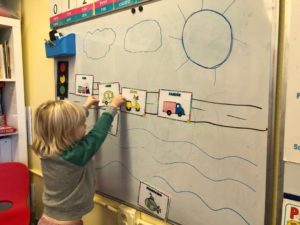 Avión-airplane,
Avión-airplane,
Helicóptero-helicopter,
Cohete-rocket ship.
Agua-water.
Submarine-submarine,
Barco-boat
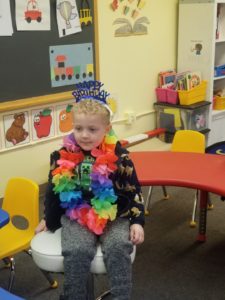 Libro
Libro
Los medios de transporte
Feliz cumpleaños Tomás
Bienvenidos a la ciudad del juego
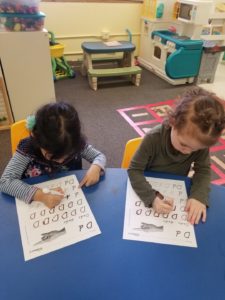
Letra
D d (the children were tracing and working with syllable and vowel a- da)
Número
9 (The kids were counting and identifying the number in a number scramble.)
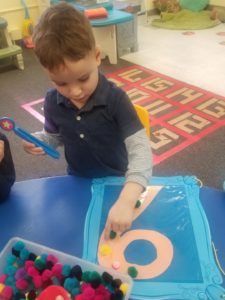 Fígura
Fígura
Óvalo (passing around the shape and reviewing it daily)
Color
Café (The kids did activities using brown or Café to trace letters and numbers.)
Have a great weekend!
by Macky & Veronica | Jan 25, 2020 | Preschool
This week we continued learning all about transportation. This week we focused on maritime transport.We learned that the use of maritime transport dates back to the beginning of history and that long ago the population had to concentrate on the banks of rivers and on the maritime coast. These means of transport have allowed people to navigate great distances using the ocean and rivers. The entry and exit of products are done through the ports. We had a good time learning about different maritime transport.
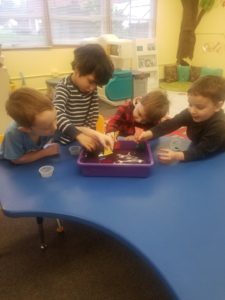
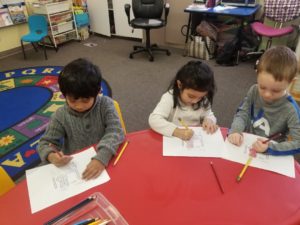
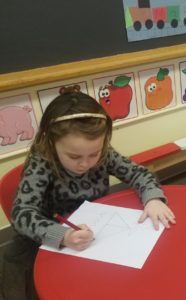
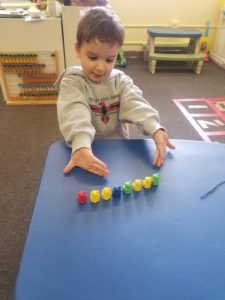 Words of the week:
Words of the week:
Agua-water.
Submarino-submarine,
Barco-boat
The kids did a great job making their maritime transports such as; paper boats, and submarines. We also did a science project, floating color ice boats in warm and cool water.
Libro
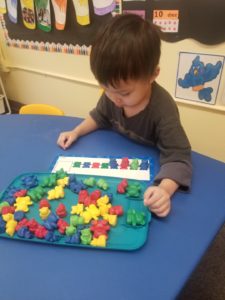
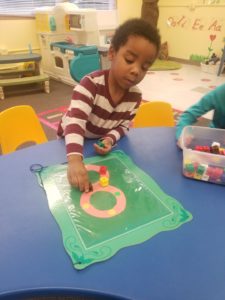 Los medios de transporte marítimos
Los medios de transporte marítimos
Sube y Baja (submarino)

Have a great weekend!
by Macky & Veronica | Jan 18, 2020 | Preschool
This week we continued working with our “Transportation” unit. We learned that there are a lot of ways to travel in the sky, such as an airplane, hot air balloon, helicopter and rocket ships. This week we learned a little about them.
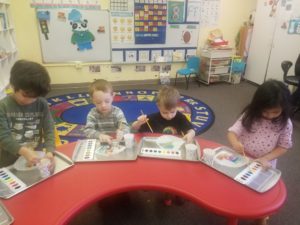
The hot air balloon was the first form of air travel to successfully carry humans in the air. They used hot air to fill the balloon, because hot air has a lower density than regular outside air, so the balloon can fly.
We talked about how airplanes help people travel around the world faster. The airplane has wings and it can fly using a propeller or jet engine.
Helicopters use a rotor to fly. They are faster than cars and can take you to a hospital faster, and it can also be used by the police to patrol around the city.
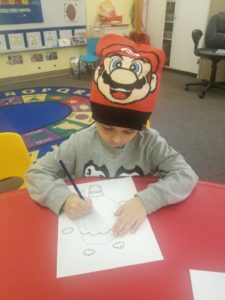 Rocket ships can transport things just like airplanes do but they bring things to space to help people learn more about the universe that we are living in. Rocket ships use fuel to produce gas, that gas exits the rocket ship from the rear end with so much force that they can fly all the way to the space.
Rocket ships can transport things just like airplanes do but they bring things to space to help people learn more about the universe that we are living in. Rocket ships use fuel to produce gas, that gas exits the rocket ship from the rear end with so much force that they can fly all the way to the space.
The kids enjoyed making projects such as hot air balloons, rocket ships and helicopters. They enjoyed all of them, but especially the rocket ships! 
Vocabulary words:
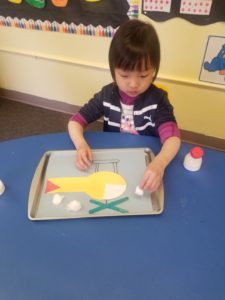 Globo aerostático-hot air balloon,
Globo aerostático-hot air balloon,
Avión-airplane,
Helicoptero-helicopter,
Cohete-rocket ship.
The kids did a great job learning the new vocabulary!
Letra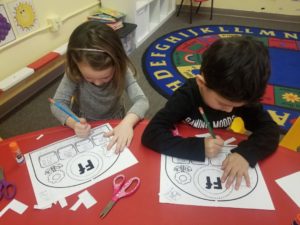
F f – makes the same sound in English and Spanish.
Número
8 – ocho
Fígura
Óvalo – oval
Color
Café – brown
Have a wonderful long weekend
 Vocabulary of the week:
Vocabulary of the week: Hay un Diplodocus en la Puerta
Hay un Diplodocus en la Puerta

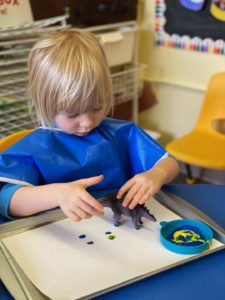
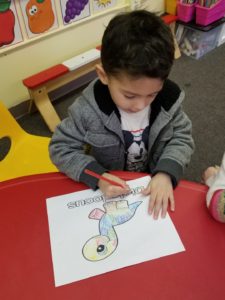
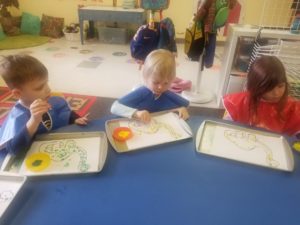
 At the end of the week we worked with the bee/abeja insect. We learned that worker bees are female and they collect pollen and nectar to feed the colony. They clean the hive, make the honey, and feed the queen. The drone’s job is to mate with the queen, and the queen bee’s job is only to lay eggs. The kids did great working with butterfly and bees activities. Also, the kids were reviewing the vocabulary of the month Hormiga-ant, Abeja-bee, Mariquita-ladybugs, Mariposa-butterfly, Mosca-fly, Luciérnaga- firefly, Avispa- wasp, Saltamontes-grasshopper, Grillo-cricket, Escarabajo- scarab.
At the end of the week we worked with the bee/abeja insect. We learned that worker bees are female and they collect pollen and nectar to feed the colony. They clean the hive, make the honey, and feed the queen. The drone’s job is to mate with the queen, and the queen bee’s job is only to lay eggs. The kids did great working with butterfly and bees activities. Also, the kids were reviewing the vocabulary of the month Hormiga-ant, Abeja-bee, Mariquita-ladybugs, Mariposa-butterfly, Mosca-fly, Luciérnaga- firefly, Avispa- wasp, Saltamontes-grasshopper, Grillo-cricket, Escarabajo- scarab. New Vocabulary:
New Vocabulary: Colmena-hive
Colmena-hive
 K k (tracing letter and recognizing of letter)
K k (tracing letter and recognizing of letter) Número
Número
 This week we continued working with our “Insects” unit. This week the kids learned all about the mariquita-ladybug insect. We learned the ladybug life cycle (huevo-egg, larva-larva, pupa-pupa y adulta-adult). We also learned that the mariquita is a little insect and belongs to the scarab insects family. The mariquitas can be of different colors such as orange, red, and brown. They have little spots, lines or simply nothing. The mariquitas are omnivores, meanie they eat plants and other animals like the áfidos-aphid. The kids did an amazing job working with the mariquita and firefly actividades. We reviewed the vocabulary of the month Hormiga-ant, Abeja-bee, Mariquita-ladybugs, Mariposa-butterfly, Mosca-fly, Luciérnaga- firefly, Avispa- wasp.
This week we continued working with our “Insects” unit. This week the kids learned all about the mariquita-ladybug insect. We learned the ladybug life cycle (huevo-egg, larva-larva, pupa-pupa y adulta-adult). We also learned that the mariquita is a little insect and belongs to the scarab insects family. The mariquitas can be of different colors such as orange, red, and brown. They have little spots, lines or simply nothing. The mariquitas are omnivores, meanie they eat plants and other animals like the áfidos-aphid. The kids did an amazing job working with the mariquita and firefly actividades. We reviewed the vocabulary of the month Hormiga-ant, Abeja-bee, Mariquita-ladybugs, Mariposa-butterfly, Mosca-fly, Luciérnaga- firefly, Avispa- wasp. New vocabulary:
New vocabulary:


 Letra
Letra
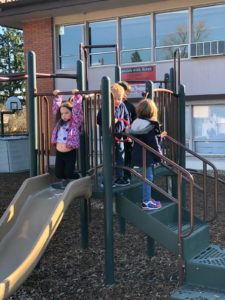
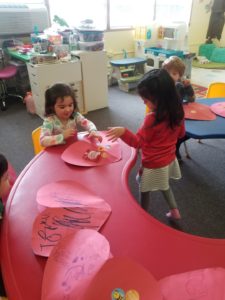
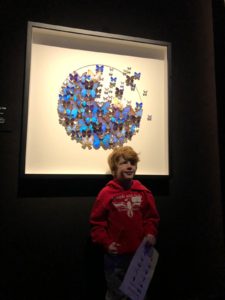
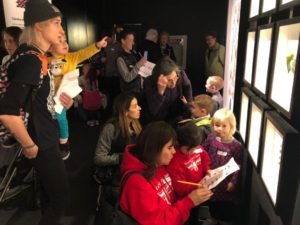
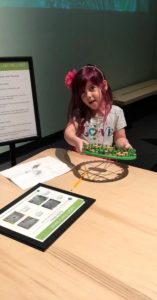
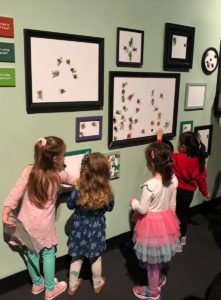
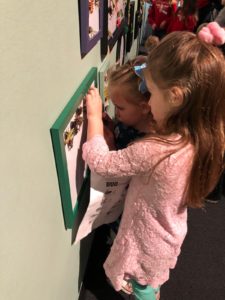
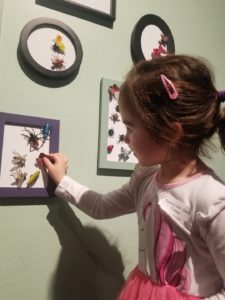
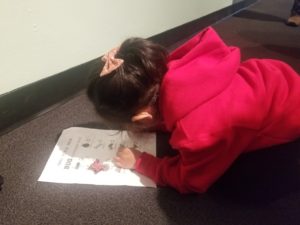
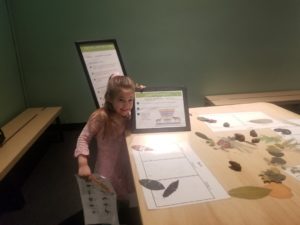
 Letra
Letra

 exploring and learning. We will examine the physical characteristics of insects: six legs, three body parts, two wings (for some), two eyes, two antennae, skeleton on the outside. We will also learn the insect’s life cycles, habitats, food, and more. Through this unit the children will sing songs, share different crafts, and explore the science. Also, the field trip at the OMSI museum will be an amazing experience to learn more about insects. They will love this unit, learning the different insects such as ants, crickets and grasshoppers, butterflies and caterpillars, ladybugs, bees, fireflies.
exploring and learning. We will examine the physical characteristics of insects: six legs, three body parts, two wings (for some), two eyes, two antennae, skeleton on the outside. We will also learn the insect’s life cycles, habitats, food, and more. Through this unit the children will sing songs, share different crafts, and explore the science. Also, the field trip at the OMSI museum will be an amazing experience to learn more about insects. They will love this unit, learning the different insects such as ants, crickets and grasshoppers, butterflies and caterpillars, ladybugs, bees, fireflies.
 Hormiga-ant,
Hormiga-ant,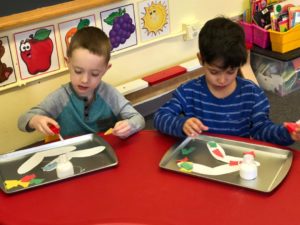
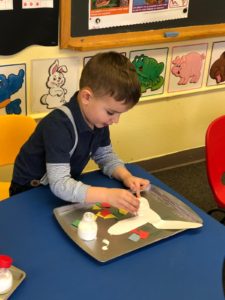
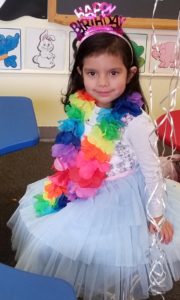
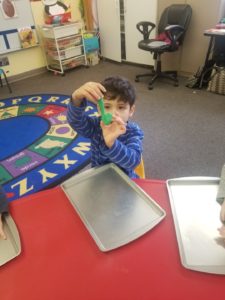
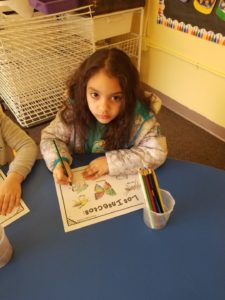
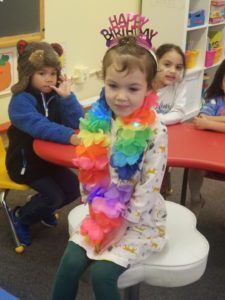
 Libro
Libro Letra
Letra Número
Número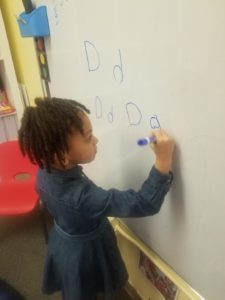
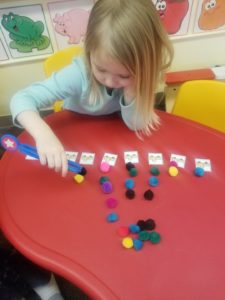
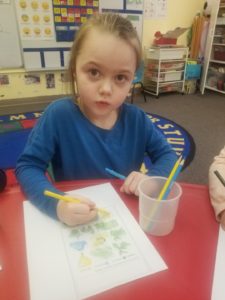
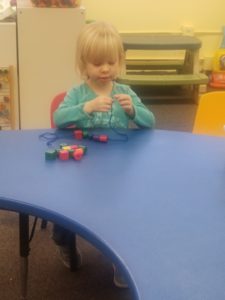
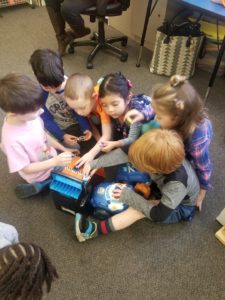
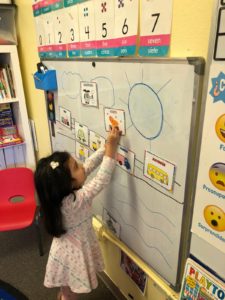

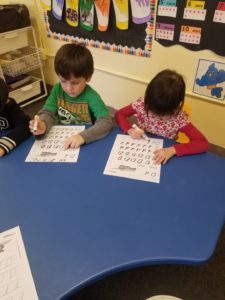
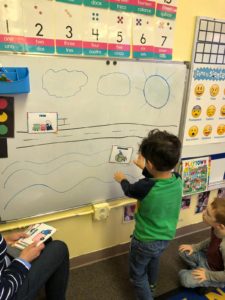
 Words of the month:
Words of the month: Avión-airplane,
Avión-airplane, Libro
Libro
 Fígura
Fígura


 Words of the week:
Words of the week:
 Los medios de transporte marítimos
Los medios de transporte marítimos

 Rocket ships can transport things just like airplanes do but they bring things to space to help people learn more about the universe that we are living in. Rocket ships use fuel to produce gas, that gas exits the rocket ship from the rear end with so much force that they can fly all the way to the space.
Rocket ships can transport things just like airplanes do but they bring things to space to help people learn more about the universe that we are living in. Rocket ships use fuel to produce gas, that gas exits the rocket ship from the rear end with so much force that they can fly all the way to the space. Globo aerostático-hot air balloon,
Globo aerostático-hot air balloon,